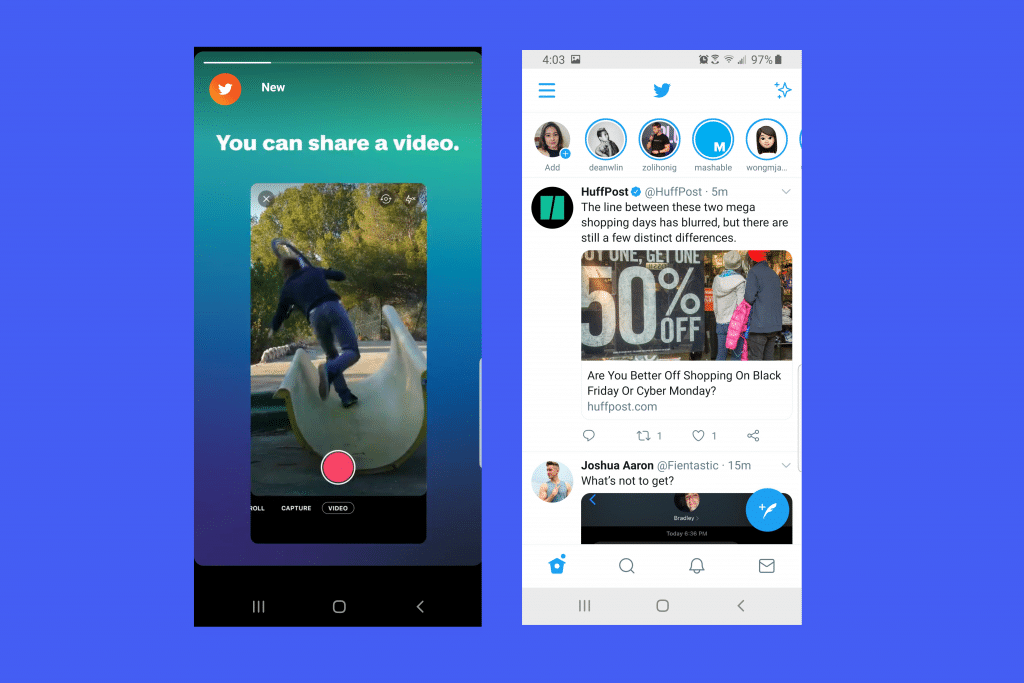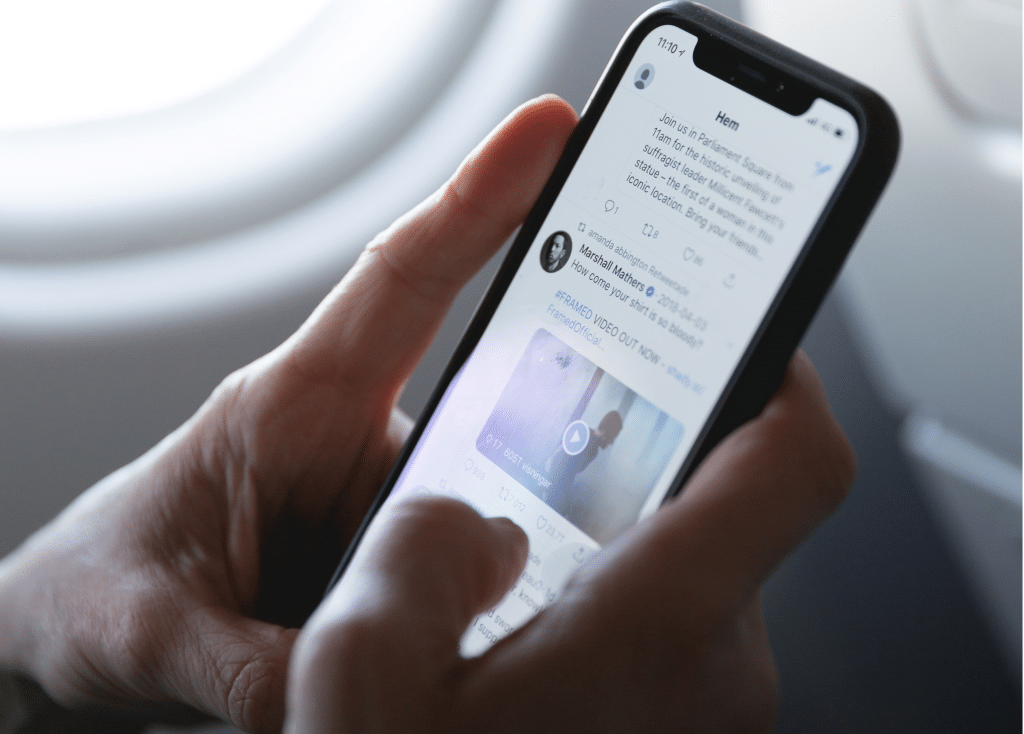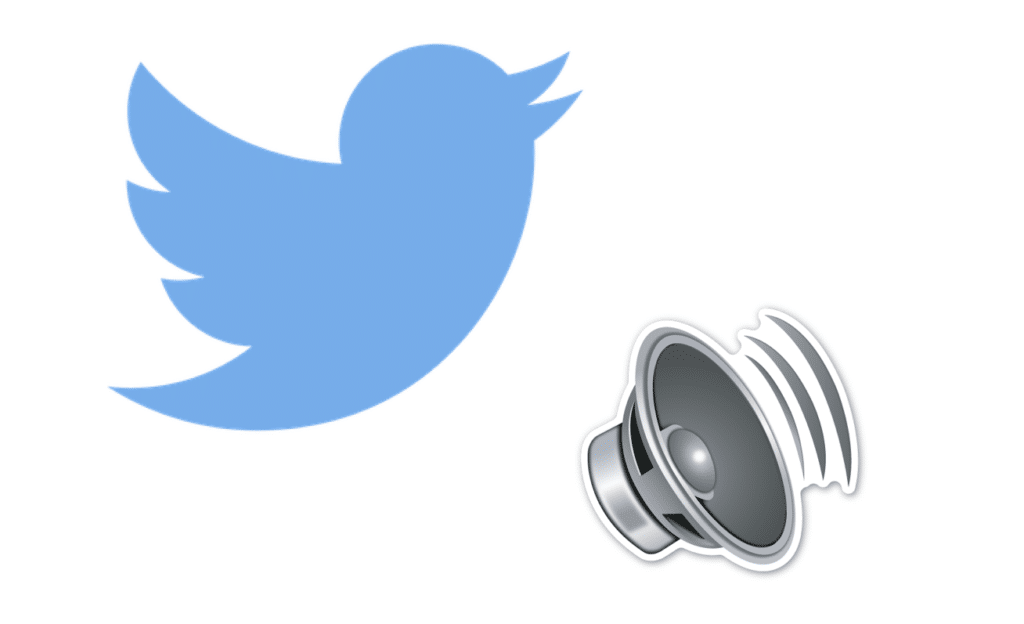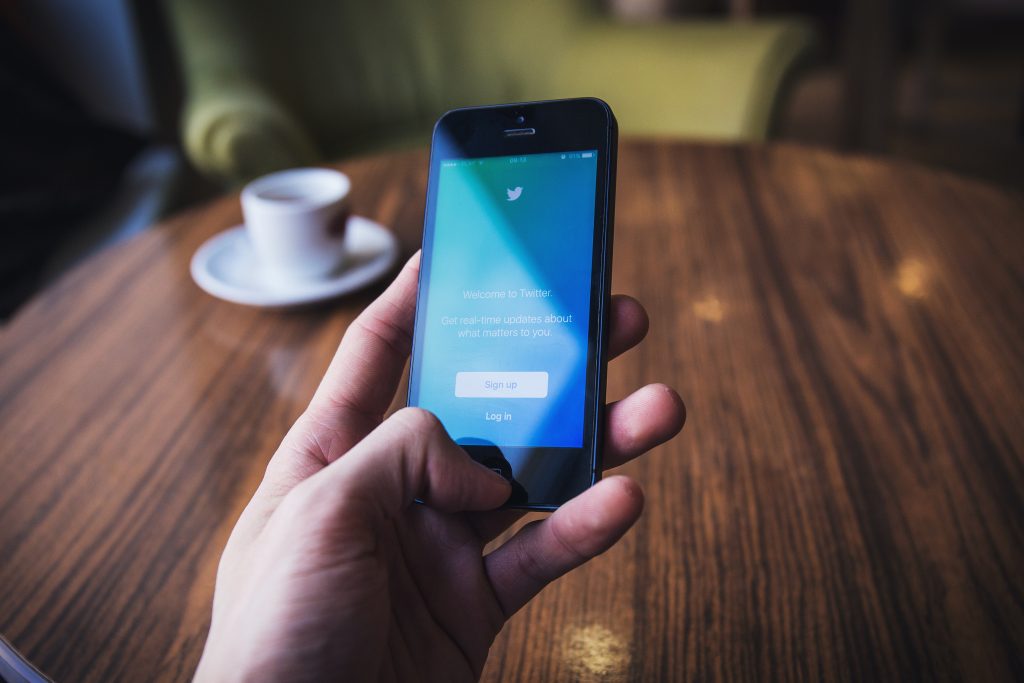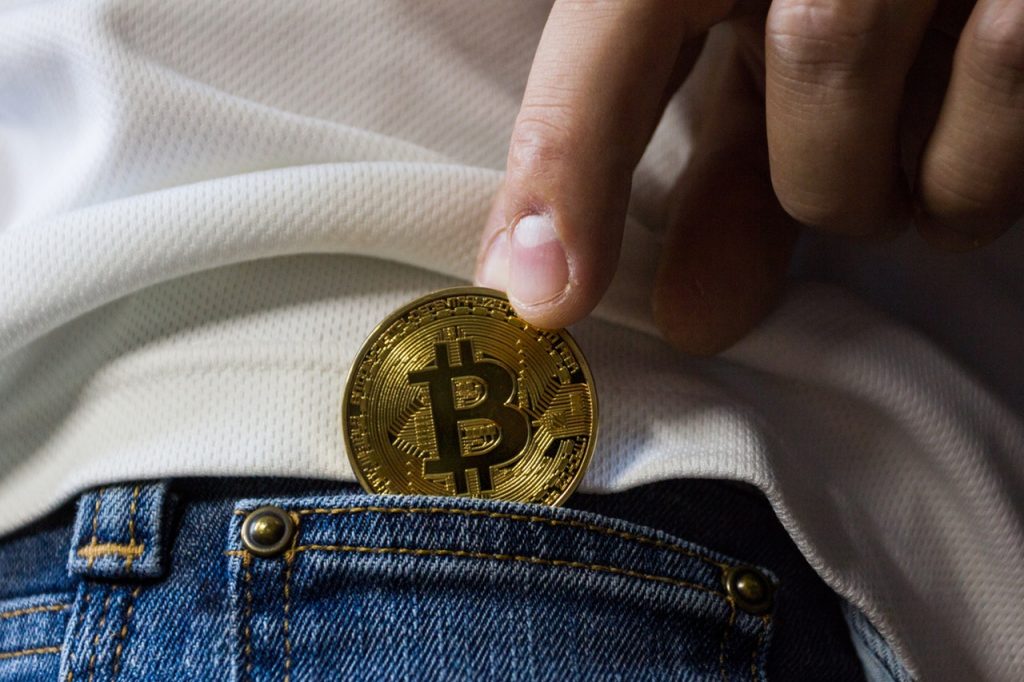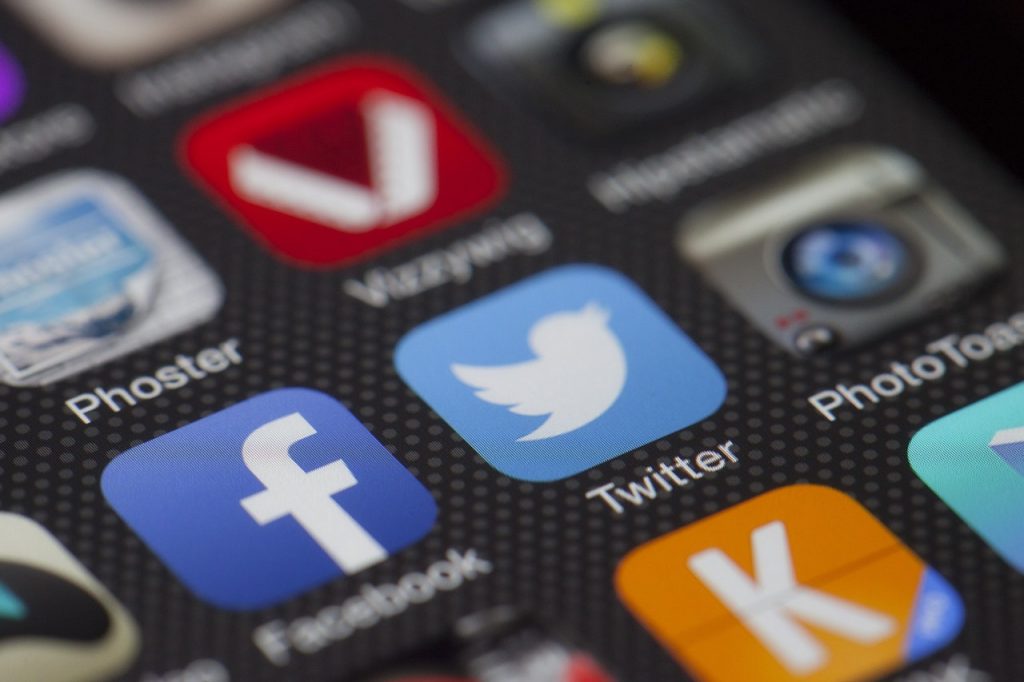Twitter is joining the bandwagon by rolling out its own version of a Stories-esque feature called "Fleets." Much like Instagram Stories, Fleets, which appear on top of the Twitter Feed, are 15-second ephemeral photos or videos that last for only 24 hours. To create a Fleet, users can click on … [Read more...]
Twitter Marketing Tips and Strategies for 2020
Moran / Unsplash Companies across the globe market on Twitter to engage with their followers, all while building brand awareness, boosting leads and conversions, and so much more. Twitter is known to be an easy platform on which you can distribute your content, what with it having more than 330 … [Read more...]
Enforcing New Rule, Twitter Limits the Number of Accounts Users Can Follow
Anne Felicitas, editor at AdvertiseMint, Facebook advertising agency Buying followers is a controversial topic among social media marketers. While one side sees it as a necessary evil needed to bolster the online presence of smaller brands, one side sees it as a ruinous tactic that tarnishes … [Read more...]
Twitter to Test Big Changes to App
Anne Felicitas, editor at AdvertiseMint, Facebook marketing agency Most people resent change. When Snapchat changed its app interface last year, many users Tweeted incesed reviews about the new look; some even left the app for rival Instagram. Similarly, users were outraged when Instagram … [Read more...]
Twitter Has a Cool New Audio-Only Feature
Anna Hubbel Writer at AdvertiseMint, Facebook ad agency Say it loud, say it proud! You can now share audio-only broadcasts on Twitter for iOS and Twitter’s Periscope, Tech Crunch recently reported. In the same place where you create a live video, you can create an audio broadcast, providing … [Read more...]
Twitter Now Testing Promoted Trend Spotlight Ads
Without looking, what was the last Twitter ad you saw? Hard to remember, isn’t it? That’s because Twitter, as a predominantly news and trending topic platform, isn’t the first place that comes to mind when it comes to visual ads. Now, however, it appears that Twitter is changing that. The … [Read more...]
How to Increase Post Engagement on Twitter
Sometimes you post a Tweet that brings in all kinds of engagement, mentions, retweets, likes, the works. Other times, you post a Tweet that falls flat. No one seems interested. How can you create Tweets that are engaging every time and not just some of the time? To increase your engagement on … [Read more...]
Twitter Joins Google and Facebook in Banning Cryptocurrency Ads
Following the footsteps of two internet giants, Facebook and Google, Twitter bans cryptocurrency ads from its platform. “We are committed to ensuring the safety of the Twitter community. As such, we have added a new policy for Twitter Ads relating to cryptocurrency. Under this new policy, the … [Read more...]
Twitter Is Changing Platform and API Rules to Prevent Misuse
Fake news appears to be everywhere lately, especially during investigations of Russian troll Facebook accounts linked to politically divisive ads distributed during the 2016 US presidential election. In response, social networks like Facebook have been taking measures to prevent the spread of fake … [Read more...]
12 Tweets That Will Get Your Twitter Account Suspended
Twitter is an illustrious social platform for distributing quick snippets of information and connecting with the world. To maintain continued use of Twitter, accounts must adhere to its strict rules that outline specific account activity that could result in suspension. Here are 12 tweets that could … [Read more...]
